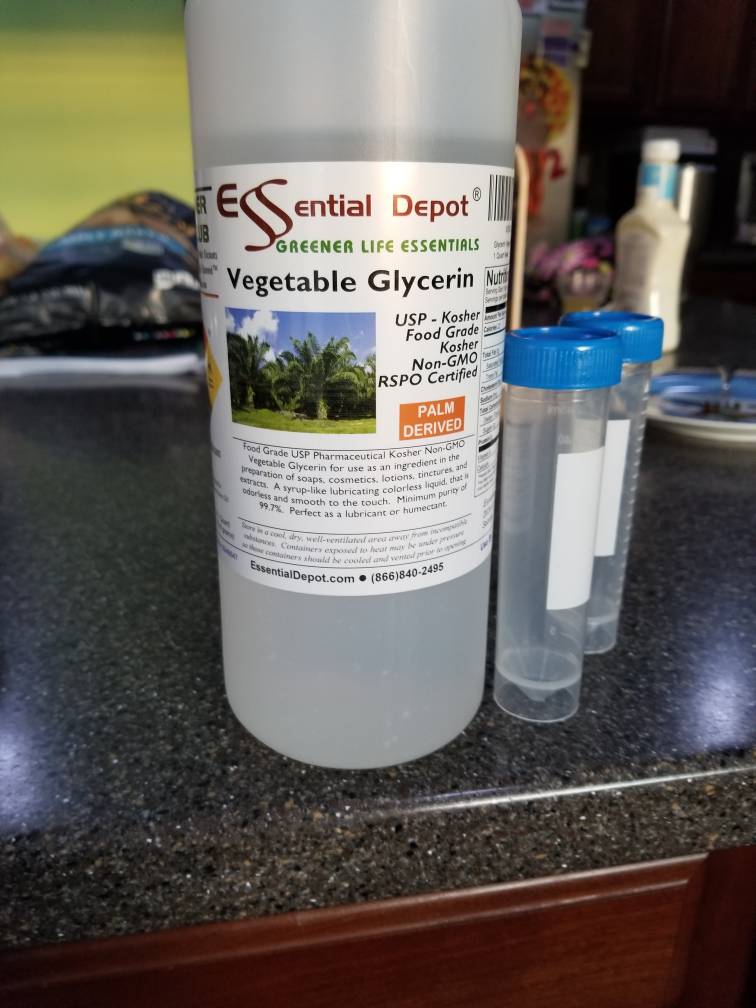Hi all... kinda new to making starters but want to start saving on yeast costs.
I have a 1L and 2L pyrex flasks. Also have a stir plate.
If i use a fresh pack of 100 billion cells yeast, can i go right up to a 2L starter? Or do i need to make 1L first then 2L?
Also, if i use a fresh Imperial 200 billion yeast, same question
Thanks all!
In addition to what others have said.
Use the yeast calculator I linked to earlier:
BrewUnited's Yeast Calculator
The 1 liter flasks are too small for much growth, unless you want to make a step starter from some old (or way out of date) yeast.
Using a drop of Fermcap-S in your starter wort may reduce foaming on the stir plate somewhat, but yeah, a 1.6-1.8 liter starter (total volume, including the yeast pack!) is about the max useful volume for a 2 liter flask.
Don't boil starter wort in a glass flask, you're asking for disasters, they'll crack, sooner or later. Instead, boil starter wort in a (clean) stainless pot, cover, let chill to pitching temps in a sink or tub of cold water, agitate a bit, while doing 2 or 3 water changes, then pour the chilled or tepid wort into your flask. Bonus: chilling in stainless in 4x faster than in glass.
The biggest problem with larger flasks (3-5 liter ones) is they're big.

When cold crashing them in the fridge they'll need a shelf with ample headroom. Even the 2 liter flasks do not fit on a shelf in mine without removing one, but I can fit 2 of those flasks in a wide door shelf, usually reserved for gallon jugs of milk or juice. They can go elsewhere for the time being, they're not quite as tall, easier to fit on a regular shelf.
For most 5.5 gallon batch pitches a 2 liter flask (1.6-1.8 liter starter) will give you plenty of cells.
Oh, save some money by yeast ranching.
Overbuild your starters and save out 50-100 billion cells for a next time.
Due to "limited" fridge space considerations, I use small squat 4 oz mason/jelly jars to store those. Pour some of the decanted and swirled up yeast slurry into the jelly jar. Then top off with some (sanitary) starter beer you saved when decanting. Use good sanitation practices when handling yeast, of course! You could put the small mason jar on a scale to estimate how much slurry (cells) you're pouring out.
Here's another good yeast calculator, especially the "
pitch from slurry" tab:
Mr. Malty




































![Craft A Brew - Safale S-04 Dry Yeast - Fermentis - English Ale Dry Yeast - For English and American Ales and Hard Apple Ciders - Ingredients for Home Brewing - Beer Making Supplies - [1 Pack]](https://m.media-amazon.com/images/I/41fVGNh6JfL._SL500_.jpg)






















